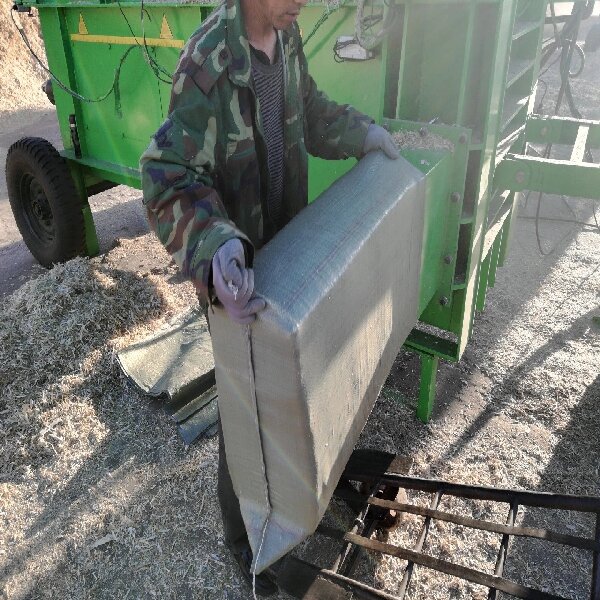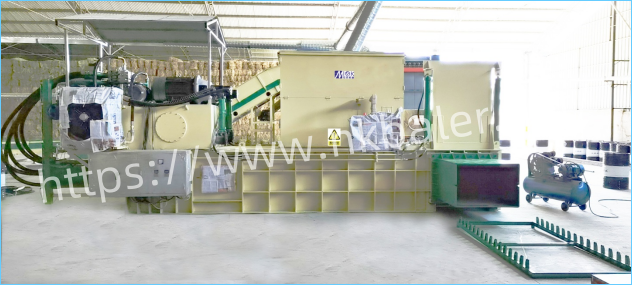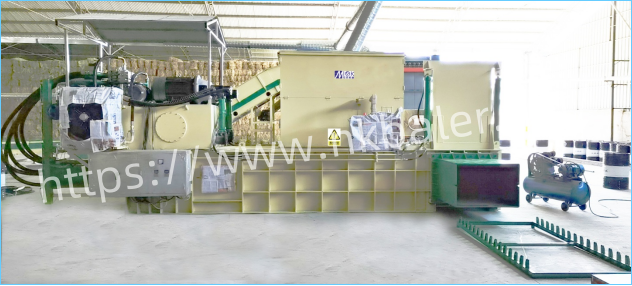The price of a
Rice Straw Baler Machine depends on multiple technical and commercial factors that determine its value proposition. These specialized agricultural implements vary significantly in cost based on their operational characteristics and construction parameters.
Key determinants affecting the pricing structure include the machine's working capacity, with highthroughput models commanding premium valuations compared to lowercapacity units. The
baling mechanism type whether producing conventional rectangular bales, cylindrical rolls, or highdensity compacted blocks creates substantial price differentiation. Power transmission systems also influence cost, with tractor PTOdriven units,selfpowered diesel models, and electric variants each occupying distinct price segments.
Build specifications play a crucial role in the financial consideration. Machines fabricated with heavyduty steel alloys and featuring reinforced compression chambers typically represent higher investment tiers than standard construction models. The level of automation integrated into the baling process, from manual feeding to fully automated pickup and binding systems, creates additional price stratification.
Geographical market factors including local manufacturing availability, import duties for foreignmade equipment, and regional demand patterns further contribute to price variations. Buyers should also consider the total cost of ownership, factoring in maintenance requirements, spare parts availability, and potential productivity gains when evaluating different machine categories. The presence of valueadded features like moistureresistant components or computerized monitoring systems may justify higher initial outlays for certain operational contexts.
Usage:It used in sawdust,wood shaving,straw,chips,sugarcane,paper powder mill,rice husk,cottonseed,rad,peanut shell,fiber and other similar loose fiber.Features:PLC Control System which simplifies the operation and promotes accuracy.Sensor Switch on Hopper for controlling bales under your desired weight.One Button Operation makes baling, bale ejecting and bagging a continuous, efficient process, saving you both time and money.Automatic Feeding Conveyor can be Equipped for further enhancing feeding speed and maximizing throughput.
Application:The
Rice Straw Baler Machine is applied to corn stalks, wheat stalks, rice straw, sorghum stalks, fungus grass, alfalfa grass and other straw materials. It also protects the environment, improves the soil, and creates good social benefits.Nick Machinery's hydraulic balers are your best choice for processing various farm wastes such as rice straw, and reducing the volume of animal feed such as alfalfa, corn silage, etc. Please contact Nick Machinery for detailed product information and we will recommend the best solution for you.







